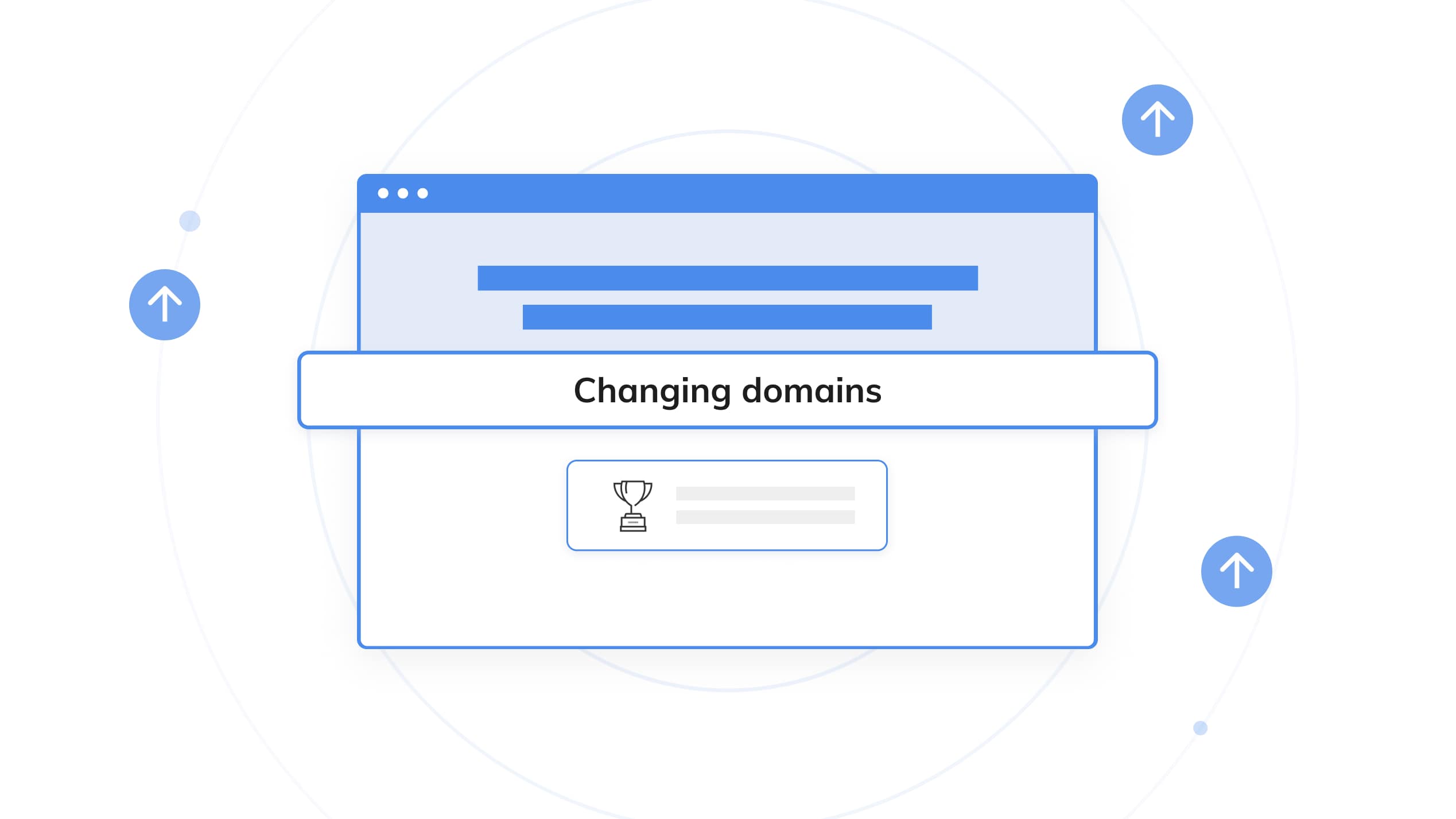When companies are rebranding and heading into a new direction or creating brand new fresh content that will replace older pages, they may feel the need to create new branding that helps connect with their intended audience better. When doing so, the option of changing your domain name might present itself as an option.
Here are some tips to best keep your current SEO rankings and authority if you decide to go down this route.
Take a look at what pages have the highest rankings and traffic
The most essential thing to take into account is what pages are generating the most traffic, and what pages have the highest rankings on search engines like Google and Bing. This will help you decide what pages are worth keeping, which pages need a revamp/refreshed, and what can be replaced/removed entirely.

Here I am using a system that involves looking at different SEMrush metrics. First I look at the relevant position and how much traffic it has.
Keep: If the page is in the top 10 with traffic greater than zero, I designated that as a page we can keep or have something that is similar.
Refresh: These pages are ones that are within the top 20 with some volume in traffic. It shows the current content holds some form of interest to the reader. Adjust the content to help it rank better in SERPs.
Revamp: These pages are within the top 40 and are ranking moderately okay with no organic traffic. Since they show potential in ranking it could be good to recreate the content to better answer the question in a way Google thinks is best.
Redirect/Remove: If the content has poor or no rankings with no traffic or is very similar to another page, it might be best to just remove it and forward the URL to more relevant content.
Use 301 redirects
It is essential to make sure that you have a plan for each old URL and where it will be going. Any page that has been indexed by Google will give a 404 error to tools like SEMrush if it is unpublished without pointing to any new destination. This error might have an effect on keeping your rankings if Google finds it to be too negative for its liking. Making sure you have constituent 301 redirects for your content will help solve this.
Tip: If you have nowhere else for it to go then point it back to the home page.
Create a sitemap
By default, SERP crawlers will be able to access all pages on your website as long as you have displayed them correctly in places like the navigation bar, internal linking, and the footer. Creating a sitemap is a fantastic way to help Google crawl your website. A sitemap will give an easy structure for crawlers to be able to follow when found. Some CRMs like Hubspot will automatically generate an up-to-date sitemap every time you change or add a new webpage. Going to Google Search Console and providing the sitemap URL will give search engines a little extra assistance to crawl the new page or content faster.
Tip: Sitemaps can also be created at places like xml-sitemaps.com if you want to have a little more manual control or see that Google is having a hard time reading a specific site map. Just download the generated sitemap and upload it into your website files or wherever you can host it and submit that. Since this is manually created make sure to update this every 2-4 weeks to have the most up-to-date information.
Now the next time you decide to rebrand and change domains, you know what to do to help keep your rankings and authority.
